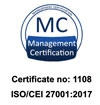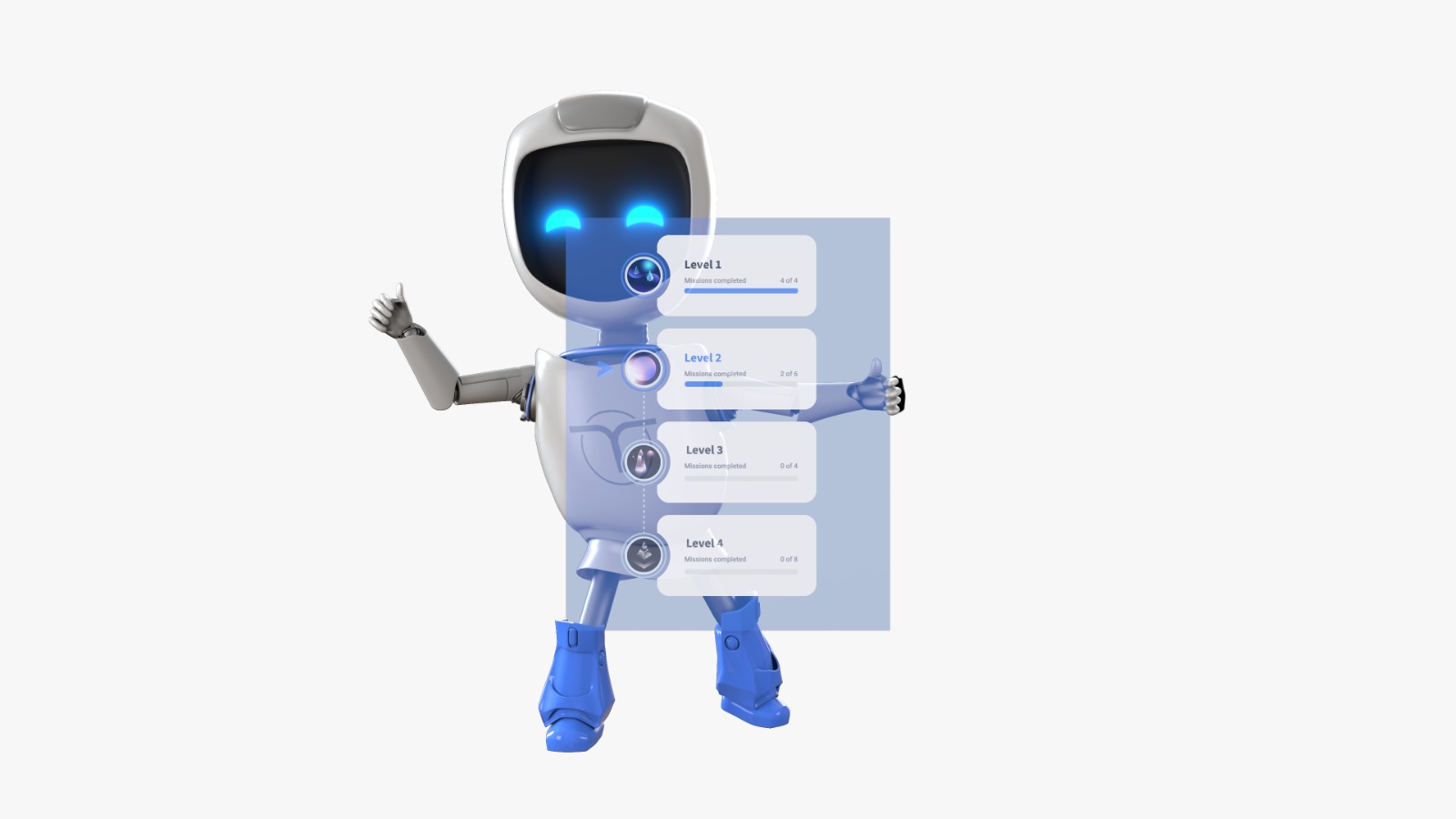Increasing engagement is a challenge for any L&D team member because it’s the foundation of a healthy workplace. But how can you boost employee engagement effectively and reliably to achieve top-notch results? And, very importantly, what experiences have those who invested in increasing engagement had?
According to Gallup, only 23% of employees worldwide and 33% in the U.S. are considered to be engaged. The same study shows that engaged employees bring impressive figures to their companies:
- 10% increase in customer loyalty
- 23% increase in profitability
- 18% increase in productivity
Communication, recognition, and a keen eye for detail from managers are often the secret ingredients that drive up engagement and foster a strong sense of belonging.
What Makes an Engaged Employee and How to Get There
An engaged employee is first and foremost a happy and satisfied one. While salary is important, a positive atmosphere, support, understanding, and recognition for their efforts matter just as much. When their achievements are acknowledged and praised, employees feel more confident and eager to tackle greater professional challenges, growing within their field. This happiness and gratitude translate into a focus on new goals, driving company progress.
But how do you achieve happy employees? Here are some successful ideas you can implement.
Communicate Openly and Effectively with Your Employees
Communication is the cornerstone of any process and relationship, which is why maintaining an open channel between the organization and its employees is vital. Even if some leaders might be tempted to believe their business is running smoothly and needs no changes, it’s crucial to value the perspectives of your staff.
For example, consider implementing regular check-ins or “pulse surveys” to gauge employee sentiment and gather feedback. Hold town hall meetings where leadership can share updates and answer questions directly from employees. Encourage an open-door policy where employees feel comfortable bringing their concerns and suggestions to their managers.
Show Recognition and Rewards
Acknowledging and rewarding employees for their hard work significantly boosts engagement levels. By showing your support and appreciation for their efforts, you motivate them to maintain or even improve their performance. Gallup studies reveal that frequent and meaningful recognition can increase productivity by 23%. Establish both formal and informal recognition systems, whether through awards or simple public thank-yous.
The Manager’s Role in Employee Engagement
A good relationship between a manager and their team members is important to how they perceive their work. Managers can hold regular meetings with employees to discuss their work progress, analyze results, and identify areas for improvement. This strengthens their personal bond, making employees feel they can rely on their manager for support when needed.
Gallup research offers basic ideas for fostering a harmonious manager-team relationship. For example, successful managers ask about employees’ work schedules and conditions, their resource needs, and advocate for them. Another key aspect is that managers get to know their team members better, identifying their strengths and talents, which can drive company growth. Thus, a good manager places employees in roles where their skills shine and contribute positively to the organization.
Create Efficiency, Motivation, and Productivity
As mentioned earlier, a manager plays a defining role in the team’s outcomes. Gallup indicates that 70% of team variance is determined solely by the manager. It’s clear that employee engagement is largely influenced by the team leader’s attitude. Managers are responsible for ensuring their team knows exactly what to do and has the necessary tools to perform their tasks efficiently. Organizational success comes from paying attention to details and providing the needed resources. However, it’s not enough for managers to merely tell employees to engage; they must also provide the guidance and support necessary to boost their motivation. Organizations should offer training tools, resources, and development opportunities for managers.
You can turn to programs and training that provide your managerial staff with growth opportunities. Platforms like Code of Talent help develop microlearning growth sessions tailored to your company needs, offering easy training development powered by AI. This saves the organization time, allowing it to focus on its core objectives, while managers receive expert training essential in their field. Our microlearning platform offers a customized and engaging learning and gamification experience, to help your employees grow in technical skills development, sales, or learn a new product on the go. You can enhance areas such as business execution, safety, and employee onboarding processes, while keeping employees engaged, at the same time.
Show Employees You Care
Start by regularly asking for feedback from your employees to understand their needs and expectations. The organization can create evaluation practices that help managers accurately measure performance and hold employees accountable.
Equip your team with top-notch training programs, but don’t stop there. Get creative! Try innovative methods like an AI-powered microlearning platform for employee training, such as Code of Talent. This nifty tool lets you whip up engaging training sessions quickly and efficiently, breaking them into bite-sized chunks that employees will eagerly devour. Check out our microlearning platform to see how it can help prepare your team for greater business impact.
Sursa foto: pexels.com





